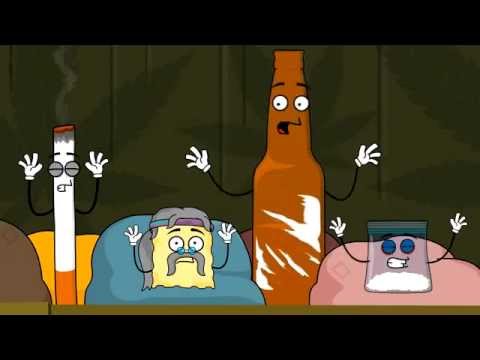Choosing sunscreen can be confusing. There are organic and inorganic types, and jargon like UV, SPF and broad-spectrum to sift through. Craig Burkhart, an associate professor of dermatology at the University of North Carolina at Chapel Hill, explains.
—Heidi Mitchell
Chemical vs. Physical
Probably the most commonly used sunscreens are “chemical absorbers.” They contain carbon compounds made in a laboratory. Some 22 chemicals have become available in the U.S. to shield the skin from the sun’s harmful rays since the first compound PABA was developed in the 1940s.
Corbis
Physical blockers come in two types: zinc oxide and titanium dioxide—natural minerals ground down to fine powders. These used to leave white residue on the skin but modern processing techniques have largely done away with that. “The benefit of physical blockers is that they don’t decompose through sun exposure, so they theoretically have a longer life on your skin,” Dr. Burkhart says. The downside: “They tend to feel greasy.”
The Food and Drug Administration prefers manufacturers use the term organic when referring to chemical sunscreens—because they contain carbon compounds—and inorganic for physical sunblocks.
Rays of Light
The sun’s radiation comes in three varieties when it reaches the Earth: UVB rays, primarily responsible for causing sunburn, and UVA1 and UVA2, which age the skin. “But [all three] contribute to the development of skin cancer,” Dr. Burkhart says. Broad-spectrum sunscreens are meant to protect against a range of radiation wavelengths.
When sunlight hits the skin, chemical absorbers absorb the active UV rays and release their energy in harmless ways. When UV rays hit skin coated in physical blockers, they are reflected and cannot penetrate the skin. The FDA recommends using sunscreen with an SPF, or sun-protection factor, of at least 15.
More here

 Add to favorites
Add to favorites






